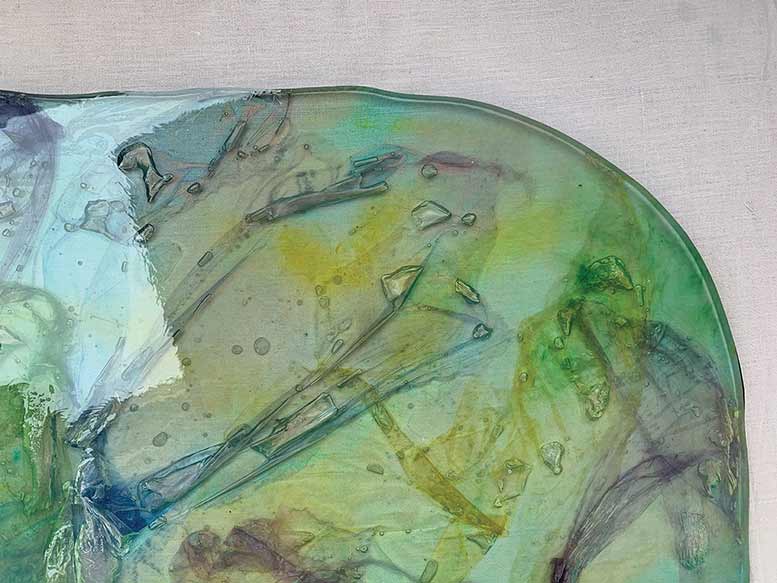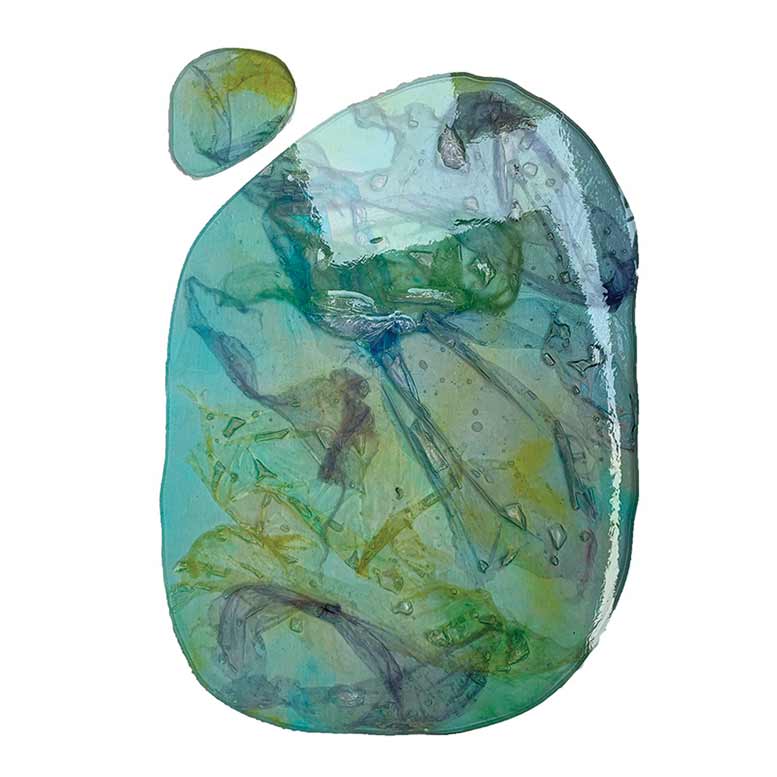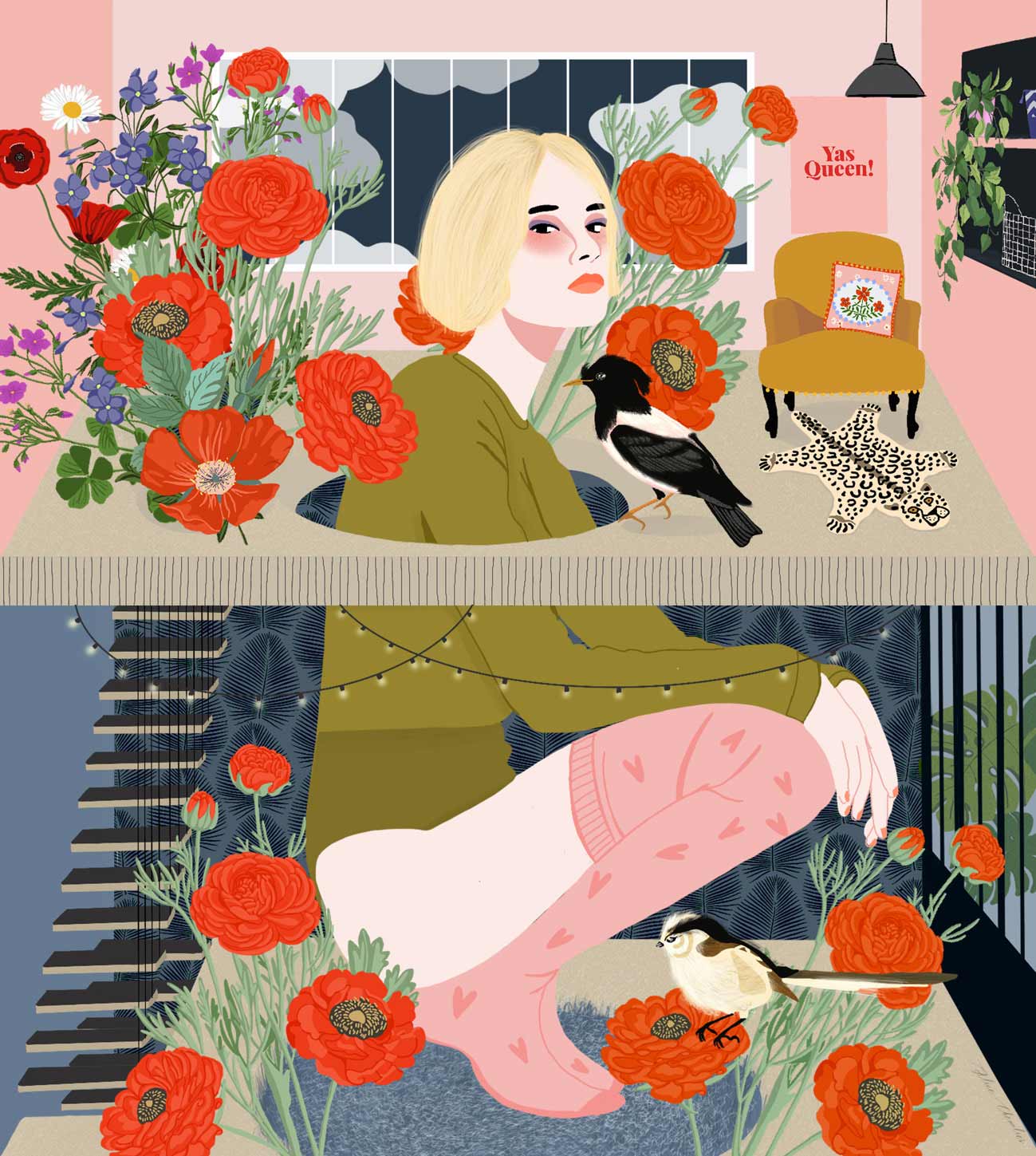Resin is the most beautiful finding for me. I work with resin as a material with endless interpretation by exploring visual effects of resin with each and every material – earth and waste – it can encase, adding to my concept of abstractions.

Harman Taneja is a resin artist and an architect. As evident, resin is what rocks her creative world. “Resin is the most beautiful finding for me. I work with resin as a material with endless interpretation by exploring visual effects of resin with each and every material – earth and waste – it can encase, adding to my concept of abstractions,” she says. Her works are filled with amorphous and meandering shapes which allow her to break free from the structure of set norms and glide into her own inchoate mould of life.

Her project Say No To Plastics was incepted when she saw an assortment of polythene bags in the kitchen around the time when the government was deliberating on banning plastics. The synthetic colour of those polythene bags lying, just adding to the pile of waste generated from his household after the ban inspired her to encapsulate them in resin screens.

Her outlook towards plastics changed and she believes the day is near when only plastics will be available to render artworks. Her challenge was to incorporate and transform that waste into something effective and appealing. “And it actually did add a very daedal and winsome texture to the same on initial experimentation,” she says about the outcome.


Later, with the addition of blue tints to the screens and encapsulating the polythene bags to typify a section of an ocean with caught plastics, her work spoke about the repercussions of dumping plastic in the seas, which is resistant to natural degradation. She also wanted it to be a conversation starter in every household as to how one could reuse and upcycle plastics, so that humanity can avoid the disaster of having more plastic than fish in the ocean. “It’s a conscious effort and a reminder to ask myself again and again as to how can the collected pile of unusable plastics play a role aesthetically instead of being a part of non-biodegradable waste,” she adds.












Add Comment